Given its numerous uses, remarkable strength, and accuracy in creating intricate products, deep-draw hydroforming is the industry standard for modern production. While the method is comparable to most other sheet metal techniques, deep draw hydroforming is carried out in a unique way. To form sheet metal into the desired shape, it is stretched and bent. Sheet metal is driven into a die cavity in a certain shape by applying pressure using a tool.
Materials: Deep Draw Hydroforming


- 1000 Series (1100, 1145, etc.)
- 3000 Series (3003, 3105, etc.)
- 5000 Series (5052, 5083, etc.)
- 6000 Series (6061, 6063, etc.)

- Steel with low-carbon
- Steel with medium carbon content
- Stainless steel with high-carbon


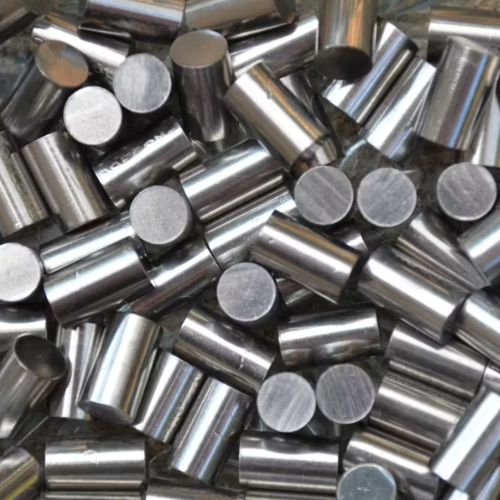
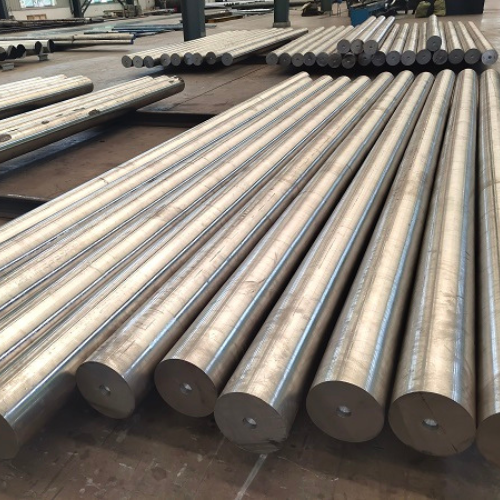
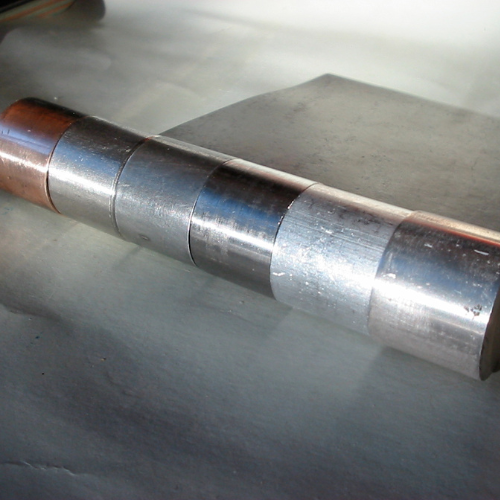
Benefits: Deep Draw Hydroforming
Numerous advantages come with deep draw hydroforming, such as:
- The capacity to produce intricate shapes
- Material savings
- Consistent wall thickness
- Lower tooling costs
- Increased strength
- And design flexibility
It is a useful production process for a variety of sectors because of these benefits.

The Process: Deep Draw Hydroforming


Choice of Material: Select a sheet metal material that is appropriate for the intended use.
Preparing a Sheet Metal Blank: As the size and dimensions of the final part match, cut the sheet metal into a blank (initial shape).
Die Layout: Create a series of dies that will be used to form the sheet metal into the final shape that you want.
Filling the Sheet Metal Vacuum: Position the prepared blank of sheet metal onto the die.
Hydroforming Chamber Configuration: Place the die assembly inside a hydroforming press that has a high-pressure hydraulic system.
Expansion of Tubes in the Hydroforming Process: The sheet metal blank is clamped against the die chamber by the blank holder in the first step.
Developing Phases: To provide the part the required depth and intricacy, the hydroforming process is frequently carried out in stages.
Trimming: There may be surplus material (flash) on the margins of the formed portion following the last stage of forming.
Final Testing: Examine the formed part for any flaws, surface quality, and accurate dimensions.
Post-Processing Optional: Further post-processing procedures like heat treatment or surface finishing may be carried out, depending on the material and application.
Final Stuffing: Prepare the completed components for transportation or additional assembly by packaging them.
Typical Applications: Deep Draw Hydroforming
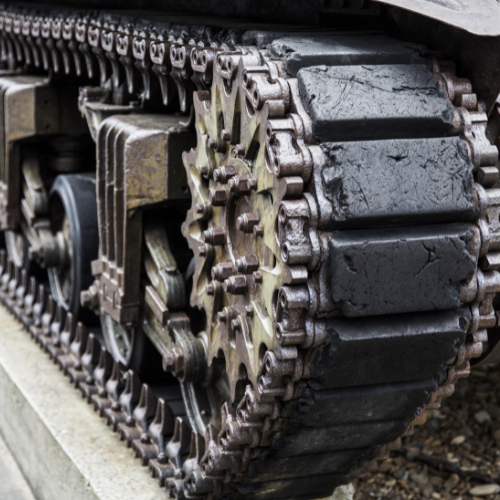
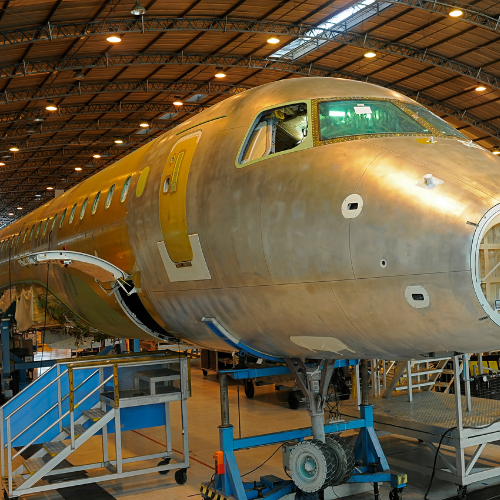
- Intricate designs in unusual alloys
- Engine components
- Cones for the nose
- Covers for chassis

- Reflectors both indoors and outside
- Housing for ballasts
- Covers for outdoor electrical boxes

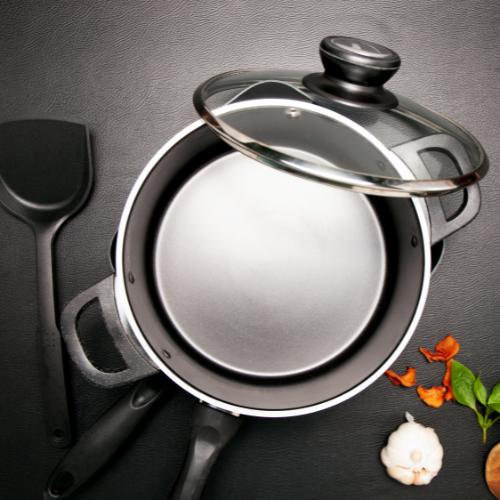

- Trays for sterilizers
- Trays for surgical equipment
- Covers for light reflectors
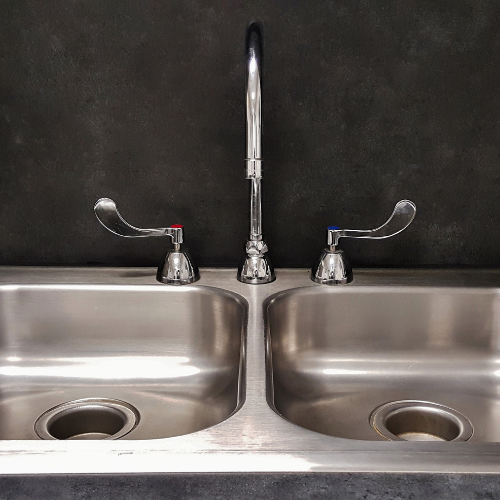
- Countertops for sinks
- Sinks for discarding aircraft
- Pump containment shells (chemical industry)
- Pedestal antennas for microwaves and satellites
Prototyping can be made easier with the use of Deep Draw Hydroforming. This feature makes it appropriate for testing and validation before large-scale manufacturing since it enables the rapid fabrication of low-volume runs.
The expense of tooling, particularly for intricate forms, may be a limitation.
Furthermore, because they are not ductile, some materials might not be appropriate for deep-draw hydroforming.
Compared to conventional stamping techniques, Deep Draw Hydroforming has the advantage of greater flexibility and lower tooling costs in specific applications.
And the capacity to create more complicated shapes with fewer secondary operations.
To maximize the deep draw process, designers should take into account variables like material choice, wall thickness, and radii.
To make sure the design is suitable for production, working with skilled hydroforming engineers can be beneficial.
When compared to conventional metal forming techniques, Deep Draw Hydroforming can save material and produce less waste, making it an environmentally friendly method.
Furthermore, the method can help with light-weighting, which will increase fuel efficiency in automobile applications.



